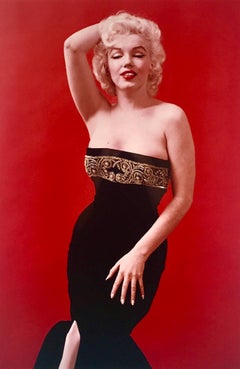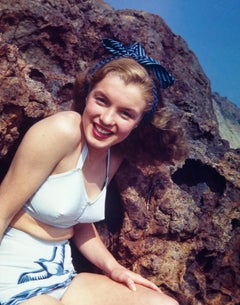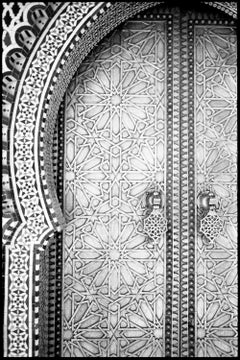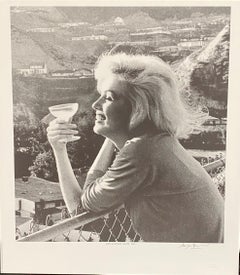Photography at Auction
1950s Modern Portrait Photography
Photographic Paper
1940s Portrait Photography
Photographic Paper
21st Century and Contemporary Contemporary Black and White Photography
Film, Photographic Film, Photographic Paper, Black and White, Silver Gel...
Mid-20th Century Photorealist Color Photography
Photographic Paper
1980s Photorealist Black and White Photography
Photographic Paper
1940s Modern Black and White Photography
Lithograph
Late 20th Century Photorealist Color Photography
Photographic Paper
1960s Modern Portrait Photography
Photographic Paper
2010s Abstract Abstract Photography
Panel, Digital Pigment
1960s Modern Portrait Photography
Photographic Paper
1960s Modern Portrait Photography
Photographic Paper
21st Century and Contemporary Abstract Expressionist Photography
Paper, Watercolor, Cardboard, Pencil, Color Pencil
2010s Photorealist Landscape Photography
Photographic Paper
Late 20th Century Photorealist Landscape Photography
Photographic Paper
1940s Modern Black and White Photography
Lithograph
1940s Modern Black and White Photography
Lithograph
1960s Modern Portrait Photography
Photographic Paper
1960s Modern Figurative Photography
Photographic Paper
1940s Other Art Style Portrait Photography
Photographic Film
1940s Other Art Style Portrait Photography
Photographic Paper
1940s Modern Figurative Photography
Photographic Paper
1940s Modern Black and White Photography
Lithograph
1940s Modern Portrait Photography
Photographic Paper
1940s Modern Black and White Photography
Lithograph
1940s Modern Black and White Photography
Lithograph
1940s Modern Black and White Photography
Lithograph
1960s Modern Figurative Photography
Photographic Paper
1960s Other Art Style Portrait Photography
Photographic Paper
1960s Modern Portrait Photography
Photographic Paper
Mid-20th Century Photorealist Black and White Photography
Photographic Paper
1940s Modern Black and White Photography
Lithograph
1940s Other Art Style Portrait Photography
Photographic Paper
1940s Other Art Style Portrait Photography
Photographic Paper
1940s Other Art Style Portrait Photography
Photographic Paper
1960s Other Art Style Portrait Photography
Photographic Paper
1940s Modern Black and White Photography
Lithograph
1940s Modern Black and White Photography
Lithograph
1940s Modern Black and White Photography
Lithograph
1940s Modern Black and White Photography
Lithograph
2010s Contemporary Color Photography
Metal
2010s Contemporary Color Photography
Metal
21st Century and Contemporary American Modern Black and White Photography
Archival Pigment
21st Century and Contemporary Contemporary Color Photography
Film, Paper, Photographic Film, Laser Light, C Print, Color, Photographi...
21st Century and Contemporary Contemporary Black and White Photography
Silver Gelatin, Photographic Paper, Photographic Film, Film, Black and W...
21st Century and Contemporary American Modern Black and White Photography
Archival Pigment
21st Century and Contemporary Black and White Photography
Archival Pigment
21st Century and Contemporary Black and White Photography
Archival Pigment
21st Century and Contemporary American Modern Color Photography
Archival Ink, Archival Pigment
2010s Photorealist Still-life Photography
Photographic Paper
2010s Photorealist Color Photography
Photographic Paper
21st Century and Contemporary Still-life Photography
Photographic Paper
2010s Naturalistic Photography
Photographic Paper
21st Century and Contemporary Black and White Photography
Archival Pigment
21st Century and Contemporary American Modern Color Photography
Archival Ink, Archival Pigment
21st Century and Contemporary Contemporary Black and White Photography
Film, Photographic Film, Photographic Paper, Black and White, Silver Gel...
20th Century Black and White Photography
Silver Gelatin
21st Century and Contemporary Contemporary Black and White Photography
Film, Photographic Film, Photographic Paper, Black and White, Silver Gel...
2010s Abstract Photography
Paper, Tempera, Watercolor, Color Pencil
Read More
Some of the Best Beatles Photos Were Taken by Paul McCartney
A trove of recently unearthed personal photos adds another dimension to the abundance of press images of the Fab Four.
Photographer to Know: Rinko Kawauchi
From toddlers playing to fires blazing, the Japanese lenswoman poetically captures fleeting dramas on planet Earth.
Photographer Jerry Schatzberg Remembers a Legendary Shoot with Bob Dylan
The acclaimed lensman and the folk-rock phenomenon clicked, and a captivating portrait followed.
Photographer to Know: Jeannette Montgomery Barron
Her stunning portraits of Jean-Michel Basquiat, Andy Warhol and other artists chronicle a crucial chapter of New York’s cultural history.
11 of Annie Leibovitz’s Most Talked-About Photographs
See why the famed photographer's celebrity portraits have graced magazine covers and become headline grabbers in their own right for five decades and counting.
This Photo of the Salton Sea Captures a Serene Moment Amid an Environmental Disaster
Addison Jones shares how she got this gorgeous minimalist shot while immersed in the stink of dead fish.
This Photo of Big Sur Reveals the Awesomeness and Intimacy of Nature
When a beachcomber accidentally stepped in front of Jeffrey Conley’s camera, a perfect moment was captured.
Photographers to Know: E2 – Kleinveld & Julien
With elaborate staging and meticulous postproduction techniques, the subversive duo is reimagining art history.





